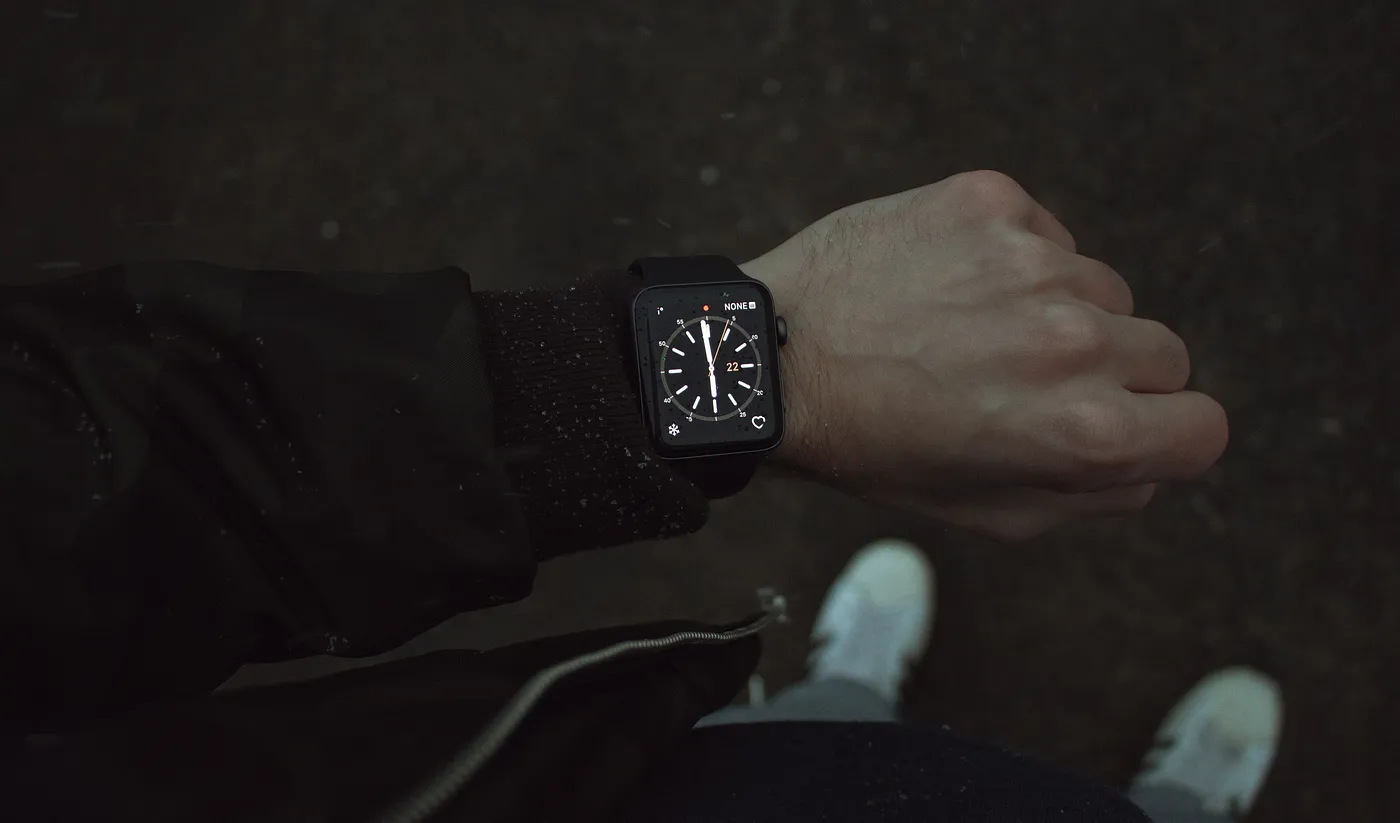The Internet of Things or IoT is being rapidly implemented in a variety of industries, including FinTech. Going by numbers from Statista, the global IoT market is expected to grow from $164 billion in 2018 to $1.6 trillion in 2025.
Among other benefits of utilizing IoT technology, it can help to solve one of the major problems in the FinTech industry, notably attracting customers and retaining them. That’s where wearable tech can help FinTech businesses make a huge step forward. With wearables and IoT technology, players in the financial industry can understand user preferences, offer new services to them, and deliver wonderful experiences.
How Do IoT and Wearable Affect Businesses?
From wearables to smart homes and connected devices, IoT is everywhere. IoT gadgets continue to grow in numbers, so businesses crucially need to consider it. According to Gartner, there are expected to be 14.2 billion connected devices in use by the end of this year 2019 and 25 billion tools by 2021.
Many industries are now paying significant attention to this tech. FinTech is one of the industries that can greatly benefit from IoT possibilities. A business that implements this technology has the potential to provide its customers with new experiences, save on costs, improve the efficiency of processes, and build additional revenue models. Around 94% of businesses that have already invested money in IoT services said they had received a good ROI percentage, and it is just a beginning. With time, all businesses will have to adopt IoT to stay competitive in the market.
What Opportunities Do Wearables Create in the FinTech Sector?
As wearables become increasingly popular, the capabilities of IoT for businesses become more apparent. Wearables are, in fact, gaining popularity over smartphones. According to a consumer survey by Ericsson, 43% of interviewed said that they believe wearable gadgets will replace mobile phones.
Wearables and IoT technology in FinTech have the potential to boost the competence of employees and deliver a new level customer-oriented service. Furthermore, wearables in FinTech can help business owners to come up with new services and solutions to critical challenges.
Here are the specific ways the wearables market can be of help for the FinTech industry:
1. Wearables in banking can provide access to a wealth of information. As wearables are with users everywhere, they are excellent sources of customer insights. And FinTech can benefit extensively from this information. Cisco estimated that IoT would be generating more than 500 zettabytes of data every year from 2019. FinTech, being more technology savvy than traditional financial institutions, can make use of customer data to deliver smooth and safe transactions for their clientele.
2. Wearables in FinTech can help businesses achieve customer-centric objectives. Wearable technology and FinTech can result in optimized client-bank interactions. Fintech institutions can leverage customer data to predict their behavior in real-time and target them with personalized offers at the right time.
3. FinTech companies can offer wearable payments. Though debit/credit cards are the most popular methods of payment as for now, the situation may shift because of wearable technology and FinTech operations in the coming years. Nowadays, there are many companies interested in contactless payments. Soon, customers will be making simple gestures like tapping their smart bands or watches to make payments. In many parts of the world, paying through wearables has become a popular mobile payment method. Examples of companies testing out this type of payment include the Netherland’s ABN AMRO Bank and Australia’s Bankwest.
4. IoT and wearables can provide a seamless omnichannel customer experience. With stiff competition in financial services, FinTech and digital financial providers are pushing the boundaries of innovations to compete with traditional banks. By combining IoT technology and wearables to create advanced services, Fintech providers offer a seamless experience to customers and outwit competitors. Some of these innovative solutions we can already see today include ATM withdraws using smartwatches, authentication through biometric info, etc.
5. Wearables and IoT can enhance risk assessment. About 5.5 million devices are being added to the IoT every day. With these numbers, coupled with the massive amounts of data that wearable devices provide, such institutions as banks, FinTech firms, and insurance companies can assess risks better. For example, P2P lenders may be able to discover more about a person before they proceed with giving a loan.
6. The same goes for insurance firms, deciding whether to issue insurance or not. Wearables can give detailed information about the person’s level of responsibility, spending behavior, previous bank activities, risky driving behavior, physical training, and much more.
Conclusion
Judging from the potential of IoT and wearables advantages, Fintech companies that keep up with the innovative approaches in tech will have a higher position to other businesses in the financial sector.
The Internet of Things and wearable gadgets can create personalized offerings according to customer behavior and buying patterns, improve overall client experiences, and enable easy and secure payment. They will also help in making better business decisions based on data collected from smart wearable devices. With a massive growth in IoT expected in coming years, innovative FinTech solutions with the use of IoT technology and wearables have the potential to change the financial industry completely.




_1764586939-small.webp)

